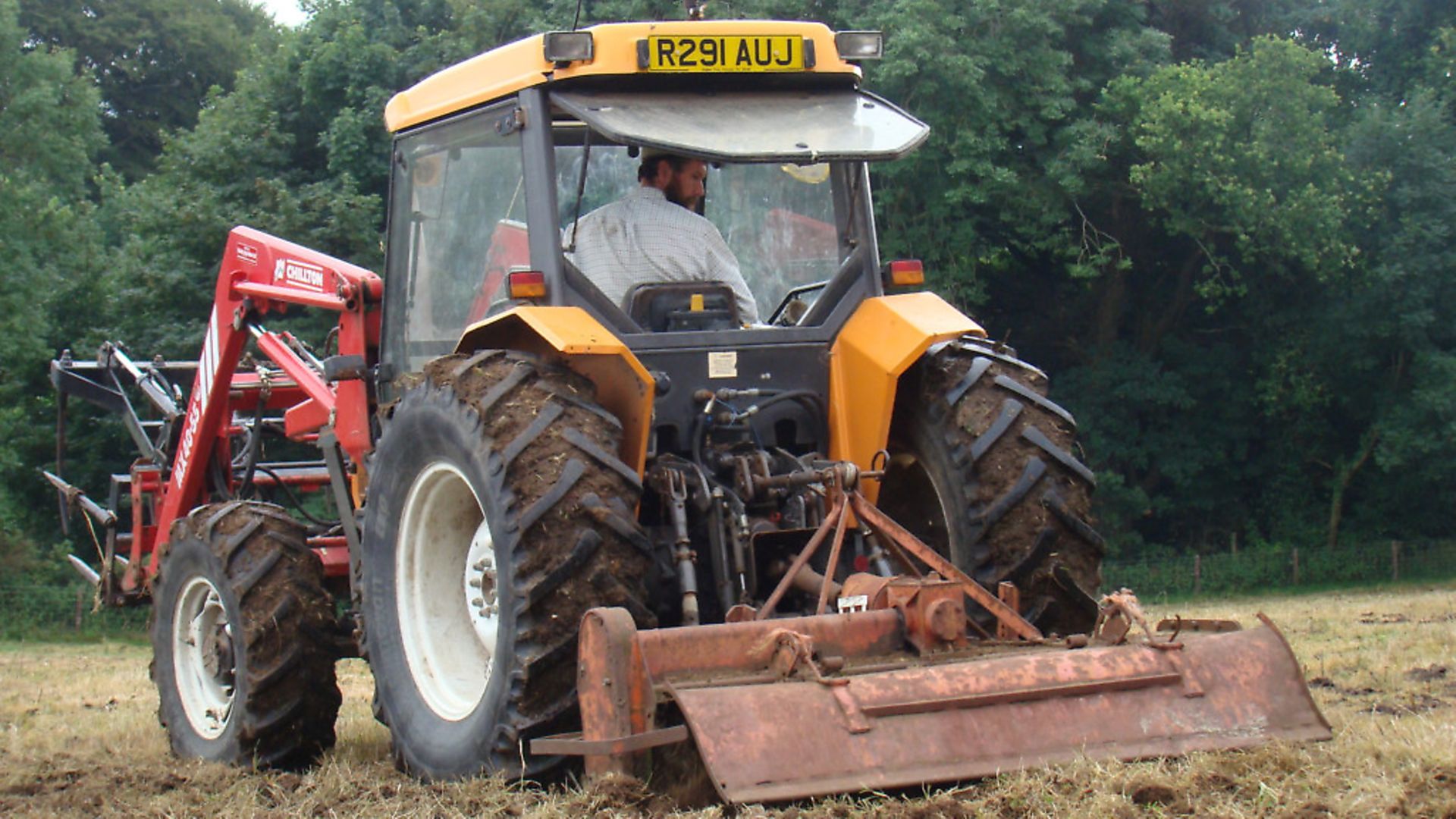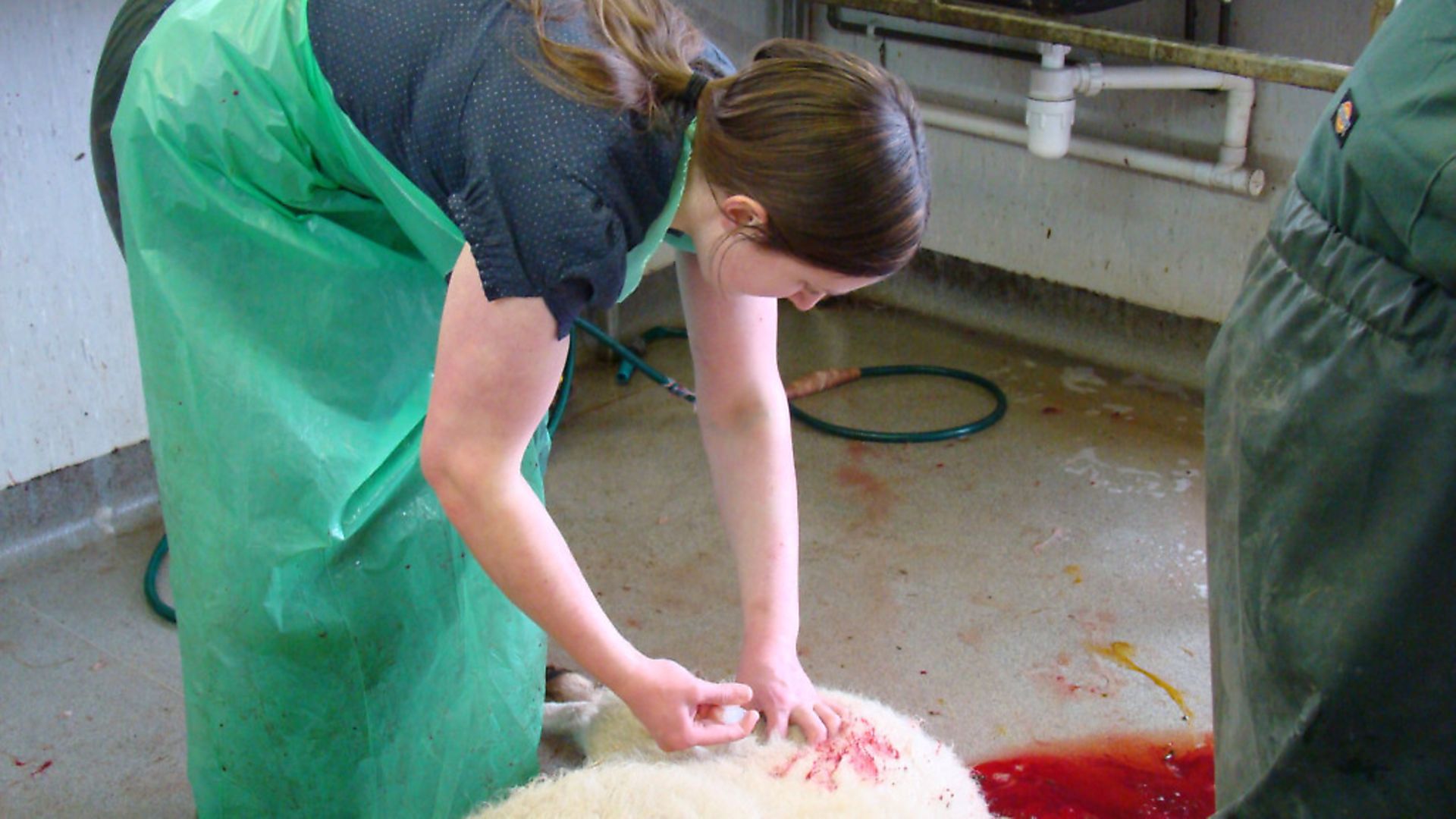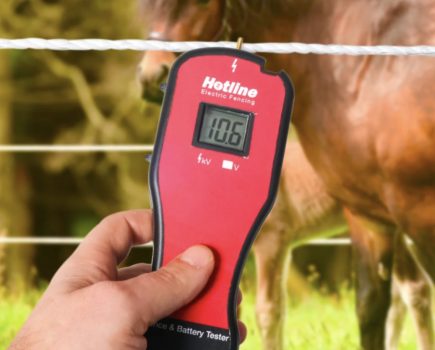What exactly is a smallholder? Tim Tyne reflects on this perennial question in his new series on the more challenging aspects of ‘the good life’’

How do you define a smallholder? The fact of the matter is that you can’t! Many authors have tried over the years, but the parameters keep on shifting as smallholding falls in to and out of fashion. Nowadays, even a big back garden gets described as a ‘smallholding’ if the owner happens to keep a few fancy bantams or a pet pig. My personal opinion is that being a smallholder is more about having a certain state of mind than the number of acres that you farm, but I also believe that a smallholding, no matter how small, must be productive. I feel that current usage of the term ‘smallholding’ is far too all-encompassing, as it includes so many non-productive holdings. This is why I would now prefer to describe myself as a ‘small-scale producer’ rather than a smallholder. However, to counter this, I will concede that smallholding outputs need not necessarily be food, and can’t always be measured in monetary terms; animals may be kept for their fibre or for the sale of breeding stock, crops (including trees) may be grown for the purpose of environmental enhancement or for fuel, and the smallholder’s role in education might also be considered a key output.

Undoubtedly your views on the matter will differ from my own, which is hardly surprising when you consider that the word ‘smallholding’ may be used to refer to anything from a modest size farm of 80 – 100 acres right down to very small holdings of a third of an acre or less, and the title ‘smallholder’ is applied to a huge range of individuals, both young and old, including those who are trying to make a full-time living from small-scale agricultural production, those for whom smallholding is purely a hobby, and those who’ve made a lifestyle choice without financial constraints. Understandably there’s no ‘one size fits all’ solution to the challenges smallholders face!
While diversity is a wonderful thing, it clearly poses a bit of a headache for advertisers of ‘smallholding’ related products and services. As a result, most companies seem to have settled on the assumption that the typical smallholding is 5 – 15 acres, managed purely as a hobby / lifestyle, and that the owners are reasonably well off. If you don’t fit that mould then the sourcing of equipment for your smallholding can be a frustrating business, as anything described as being ‘suitable for smallholdings’ is likely to prove anything but suitable – either far too big and expensive (if you’re at the smaller end of the spectrum) or simply not robust enough to cope with the workload (if you’re managing a larger holding). On the one hand, the smallholder’s needs could probably have been adequately satisfied by a visit to the local garden centre, while, at the other end of the scale, an agricultural engineer or farm dispersal sale would have been a better source of suitable equipment.
The same issue applies to services, such as insurance, where, although there are specific smallholder deals available, an ordinary household policy may be sufficient for a very small holding whereas a larger one might require a full-scale agricultural insurance package.
A question…
If a large-scale arable farmer also has a couple of acres behind his house where he keeps a few hens, grazes some rare-breed sheep and grows his own vegetables, is he any less a smallholder than someone who works in town all week and then potters around on a couple of acres at the weekends?
Tip
Internet forums seem to have given everyone the licence to become self-appointed ‘experts’. Seated at a keyboard and hidden behind a false name, advice is freely given to all and sundry. This is particularly worrying when the advice so often consists of long-distance diagnosis of animal ailments, coupled with unqualified (and often conflicting) suggestions for treatment. By all means use the internet for research purposes, but please, if you’ve got a sick animal, consult your vet.
Obtaining information
Just as with sourcing products and services, obtaining information relating to agricultural legislation in an easy-to-understand format can be frustrating. Although Country Smallholding plays an important role in the dissemination of relevant information (see Debbie Kingsley’s article in last month’s issue, for example) other publications (brochures, websites etc) directed at smallholders tend to include only very basic guidance on the subject, if anything. This is disappointing, as a smallholding is in essence nothing more than a small farm, and all the same rules apply. Likewise, agricultural support payments are not much discussed in smallholding-related literature (and when they are, it’s all too often in a derogatory fashion). A surprisingly high number of smallholders may be eligible to claim farm subsidies and other land-based grants, yet in many cases they’re simply unaware of what’s available.
Therefore, it’s essential that the smallholder makes a conscious effort to keep abreast of what’s happening within the wider agricultural industry.
Don’t be seduced by the marketing men!
I wouldn’t mind betting that every long-established smallholder has got, stashed away somewhere, a piece of equipment (or perhaps a fancy all-singing-all-dancing item of protective clothing) which, seduced by advertising, they bought in the early days of their new life, or in advance of their move, and which has lain unused ever since. The reality of life on a smallholding is often very different from the expectation, but you don’t find that out until you’re someway down the road, and things that may have seemed like a good idea when you were still at the dreamy stage turn out to be totally impractical or inadequate when faced with the tasks that they were supposedly designed for.
Extract from ‘Hovel in the Hills’, by Elizabeth West, first published by Faber & Faber in 1977:
“We were, however, buying tools, equipment and clothes that we thought we should need in our future life of peasantry… …As things have turned out only two items proved to be of no use – a long-handled brushing hook and an all-weather coat… …Triple-breasted, multi-buttoned, belted, strapped and looped, it was guaranteed to protect the wearer from the fiercest blizzard. Perhaps it does – we don’t know. What the guarantee did not say was that once the wearer was buttoned, belted strapped and looped into the garment he could not move! So the all-weather (and very expensive) coat now hangs on a nail in an outhouse, dusty, mouse-nibbled and unused.”
Gaining knowledge and experience
Another potentially contentious issue, I’m afraid! Of course, the best way to gain experience is simply to get on and do what needs doing, and learn as you go along. However, for today’s smallholders this may not be an option. For a start, people have so much money tied up in their smallholdings nowadays that they can’t afford to take the financial risks associated with making mistakes during the learning process. And believe me, mistakes are inevitable. And then there’s the issue of time; without experience, jobs will undoubtedly take longer, and for someone who’s also employed off the holding (probably in order to pay for it) there simply aren’t enough hours in the day to allow for getting things wrong and having to re-do them. Animal welfare is also a potential issue here, as many newcomers to the smallholding way of life have had no prior experience of keeping livestock, and have very little understanding of animal husbandry requirements. Understandably they feel the need to gain some experience before committing themselves, and a whole rash of courses – run by smallholders for smallholders – have sprung up in recent years to cater for this demand. And herein lies another problem, that of ‘the blind leading the blind’. Even established smallholders (unless they’ve gained additional experience elsewhere) tend to be relatively inexperienced in livestock related skills. This is by no means a criticism, it’s simply a result of the fact that they’ve only ever dealt with small numbers of animals and, in consequence, will only have encountered a narrow range of scenarios and have had only limited opportunities to hone their techniques. Take sheep shearing as an example; any sheep-keeping smallholder ought to be able to make a reasonable job of shearing his own small flock, yet in order to become sufficiently proficient to be able to teach shearing to beginners you would need to have shorn several hundred (if not thousands) of sheep every year for a number of years.
I also question whether the average smallholding has sufficient resources available to be able to run courses satisfactorily, again by virtue of the small scale of their enterprises. We have, ourselves, run an annual lambing course for a number of years, and, in order to be able to ensure that this is a worthwhile learning experience for our clients we must have a minimum of 150 ewes going to the ram. Ideally it needs to be nearer 200. It wouldn’t be possible to run the course with a smaller flock, yet most smallholders do not have as many sheep as we do.
Therefore, gaining experience can be something of a challenge to the newcomer, with the obvious solution not necessarily being the most suitable. Although you should visit other smallholders as much as possible, and attend smallholding ‘taster’ courses in order to gain inspiration and to learn what you can about the more general aspects of small-scale land management, my advice would be to get practical experience (with livestock in particular) by working on much larger farms. Although you yourself may not wish to keep animals in this way, the amount of experience you’ll gain in a short period of time will be immense. A couple of weeks at lambing time on a really big farm might give you the equivalent of 10 years on a smallholding, and you’ll be paid for it!
Some definitions
Extract from the introduction to ‘Your Smallholding’, edited by Alan Thompson, published by Penguin books in 1947:
‘What is a smallholding?
A Government official will tell you that it can be any agricultural holding under 50 acres.
A large farmer will tell you that it is a place where the hedges are so bad and the livestock so hungry that they are always getting out; where the owner is always in debt and always behind, and where there is no machinery, so that it is always borrowed from him and not returned.
A smallholder’s wife will tell you that it is a place at the end of a muddy lane, where no tradesman will call, where there is no plumbing or electric light, but where all the relations want to come in summer.
A small boy will tell you that it is a place with no equal – for tickling pigs, teasing calves, bumping off sick chicks and catching rabbits – and there are strawberries and cream in summer.
A bank clerk will tell you that it is the one thing he’s been saving up for for years.
A smallholder himself will tell you that a smallholding is a dog’s dinner – a little bit of everything and none of it very good – and that he has not had a holiday in 10 years, but that he would not give up the independent life for the most lucrative office post.’
Rip off tip off
I recently came across an article reviewing a number of (supposedly) practical items of workwear described as being suitable for smallholding. Expecting to find comments on garments such as overalls and affordable waterproof trousers, I was dismayed to find that the list included a cashmere jumper at £120, posh rubber wellie boots priced at £200 (or, if you prefer, even posher leather ones at £315) and a jacket for £360. A trip to the local farmers’ merchants would see you kitted out in a far more sensible selection at a fraction of the cost, but, as a prospective smallholder, how would you know?
Image(s) provided by:
Archant
Archant







